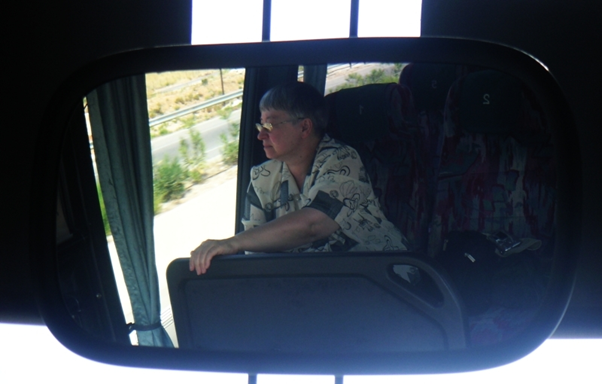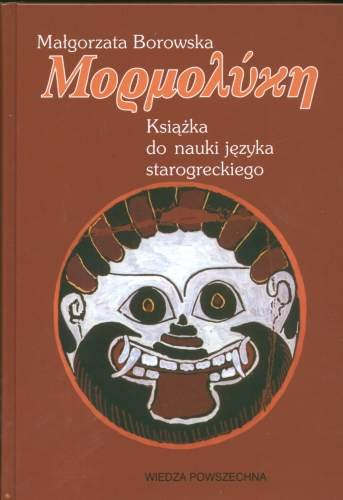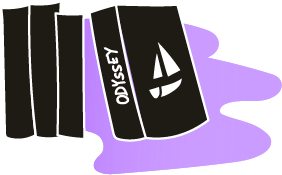Title of the resource
Title of the resource in english
Publisher
OBTA, Wiedza Powszechna
Original language
Target and Age Group
Students
Author of the Entry:
Marta Pszczolińska, University of Warsaw, m.pszczolinska@al.uw.edu.pl
Peer-reviewer of the Entry:
Elżbieta Olechowska, University of Warsaw, elzbieta.olechowska@gmail.com
Second Peer-reviewer of the Entry:
Ayelet Peer, Bar- Ilan University, ayelet.peer@biu.ac.il
Małgorzata Borowska
Małgorzata Borowska (born 1951) is a classical philologist, Byzantinist, Neohellenist and Professor at the University of Warsaw. She is currently Head of the Workshop for Hellenic Studies at the Faculty of Artes Liberales. She has educated generations of classical and Modern Greek philologists by teaching the languages as well as history and culture of ancient and modern Greece and Cyprus. Her main research interests include Greek and Latin drama, demotic literature, ancient and modern Greek language, culture and literature of modern Greece, especially the works of Adamantios Korais, Yannis Makriyanis, Nikos Kazantzakis as well as folksongs and folk tales. Her translatory work on the Byzantine epos Digenis Akritas and on a series of Modern Greek masterpieces has brought them closer to the Polish reader. Besides her scholarly publications, the author has also published coursebooks for studying ancient and modern Greek.
source: al.uw.edu.pl, Wikipedia (accessed: August 26, 2019)

Courtesy of the author
Contents & Purpose
Mορμολύκη is a modern textbook for learning the ancient Greek language. In contrast to most other textbooks, it contains only ancient authors’ original texts, even at the very beginning. The selection of the texts is really wide, much wider than found usually in textbooks: the texts range from Homer even to Church Fathers of the 4th cent. p. Ch. n. Quite innovatively, the textbook features a significant share of texts from poetry, drama, a selection of lyric and prose poems alongside excerpts from historians’ works.
The course comprises 85 lessons, supplementary texts, grammatical information tables, a Greek-to-Polish glossary, a bonus/appendix about Greek vases, notes about ancient authors and sources. The lessons feature single classical Greek sentences or sides of text (each referenced to an ancient source) paired with a glossary, grammatical material and exercises; some lessons provide additional cultural texts. The exercises and lessons become the basis to introduce quizzes, crosswords and jokes related to Antiquity.
The author ensured that the references to Greek mythology are distributed across multiple levels. Firstly, they appear in the sentences and texts provided as translation material (e.g. Lesson 39 - the story of the nymph Echo, lesson 40 - story of the nymph Syrinx, both according to Daphnis and Chloe by Longus; lesson 59 - Heracles at the crossroads according to Xenophon, 73 - Heracles and the Erymanthian Boar, the 12 (13) labours of Heracles). The second way of referring to Greek myths are the supplementary texts, amongst which one can find inter alia Μυθικά - mythical stories with the following characters: Prometheus, Hera, Tantalus, Oedipus, Sisyphus, Agamemnon, Zeus and Dionysus. The third level of conveying mythology is through the black and white illustrations - drawings representing paintings on ancient Greek pottery. They represent characters and scenes known from myths, each accompanied by a caption and an additional question regarding the image. Those questions form a sort of mythological knowledge competition, with the answers provided in the bonus ‘Solutions’ section. In addition, some of the lessons present explanations of concepts and their personifications, such as Moira, Ananke or Dike.
Addenda

Courtesy of OBTA


